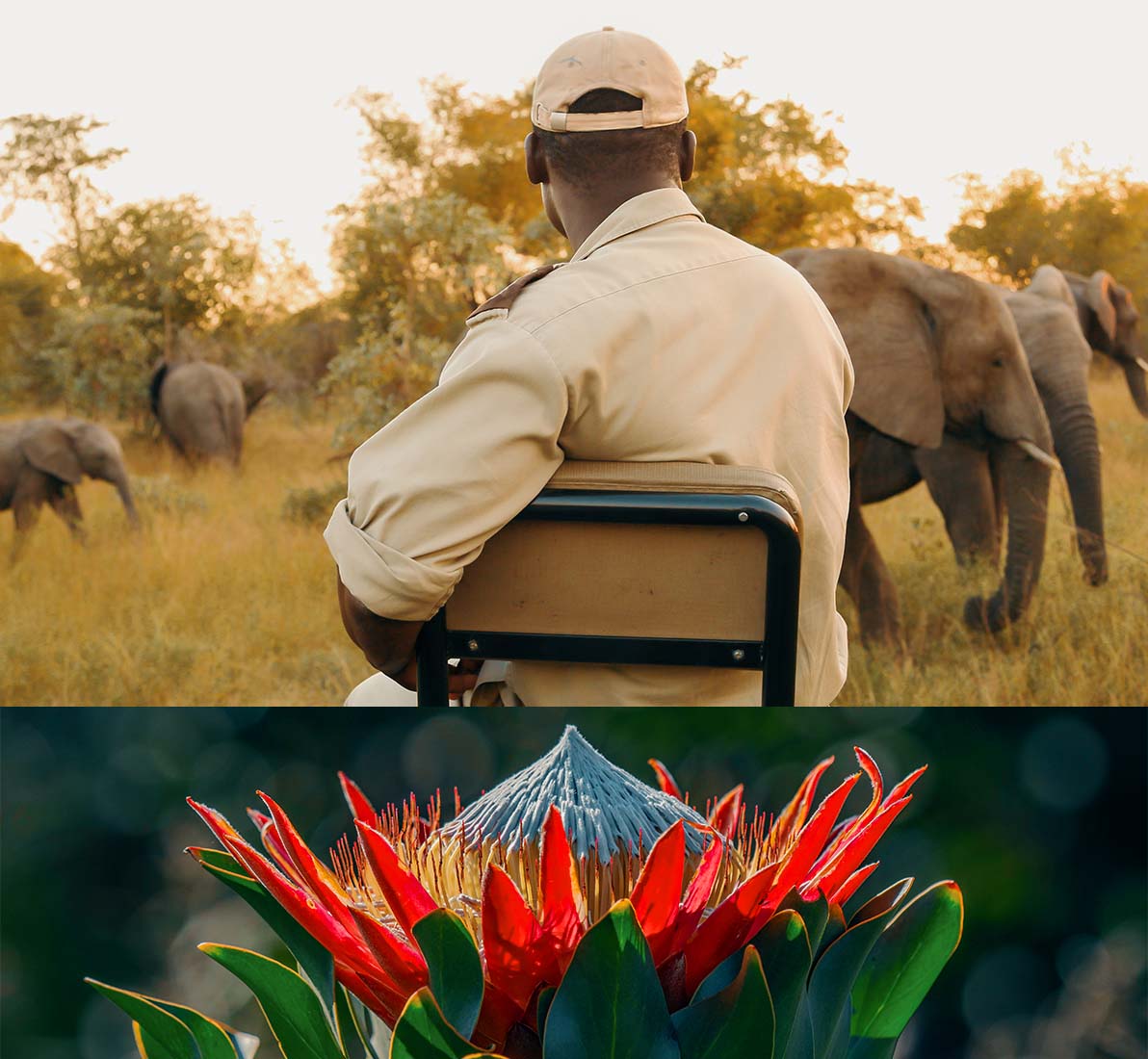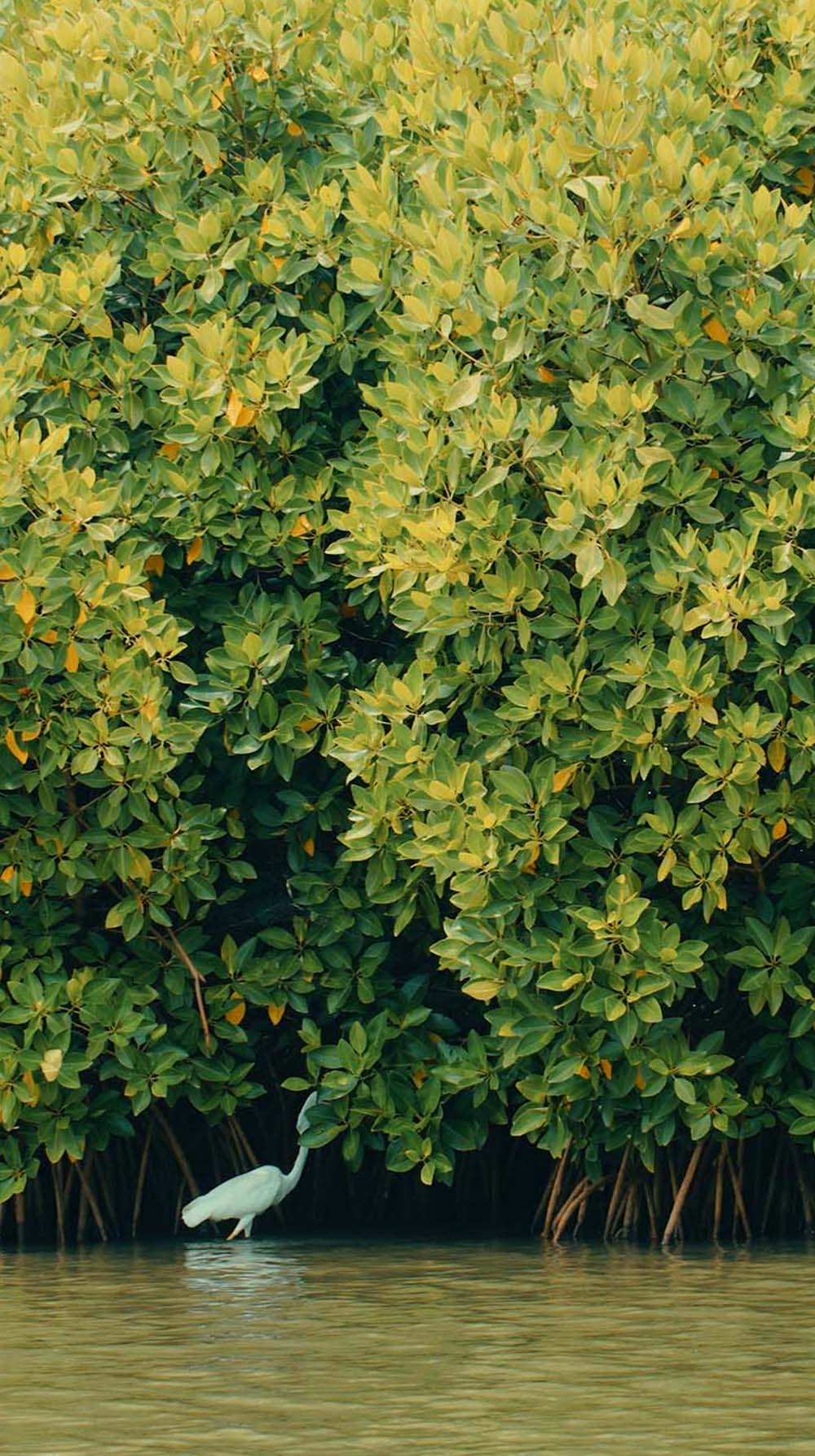
Protected Areas add economic value!
A financial analysis carried out in 2020 showed that expanding protected areas to 30% would:
- Result in economic benefits that outweighed the costs by a ratio of at least 5-to-1.
- Generate higher overall output (revenues) than non-expansion (an extra USD$64 billion-$454 billion per year by 2050).
- Ensure, after recovery from the COVID-19 pandemic, that the nature sector is projected to grow 4-6% per year compared to less than 1% for agriculture, timber and fisheries.
In addition, there is the opportunity for benefits to flow directly to the community members who own land, accounting for 37% of all remaining natural land.
EXAMPLES
Mombasa Marine National Park (Kenya): Fisher Income
Fisher income near the marine reserve is 135% higher than in open access areas. The parks annual revenue is 350 times higher than fishing revenue in Kenya (Attwood et al. 2997)
Maasai Mara (Kenya)
A community conservation model in Kenya, including 15 conservancies, protects more than 450 000 acres of critical habitats where the Serengeti-Mara wildebeest migration occurs. The result is that nature has rebounded with lion populations doubling in the last decade and 3 000 households are benefiting from earning shares of the USD$4 million income annually from tourism.
Protected Areas support fisheries and game farms
Fisheries and game farming are integral to South Africa’s economy and protected areas are important for their sustainability.
Privately owned wildlife farms produce 120 000 to 150 000 tonnes of game meat generating R9 billion annually. These farms preserve important intact areas of wilderness and biodiversity, and some are included in South Africa’s protected area targets as OECMS (Other effective area-based conservation measures).
Marine Protected Areas are integral in supporting fisheries through the establishment of no-take zones and the regulation of fishing. This can enable the preservation of fish stocks and often reverse declines.
Marine Protected Areas act as line fish refuges allowing fish populations to recover, breed and grow. This benefits neighbouring waters with ‘spill over’ fish resulting in more, bigger, higher value fish being caught in the open areas near to the MPA and therefore an increased income for these adjacent communities. (SA MPAS 2022)
EXAMPLES
Garden Route MPAs
In 2006, the economic value of line fish exports from MPAs in the Garden Route (Goukamma, Robberg, and Tsitsikamma MPAs) was valued at R33 million per year (Turpie et al. 2006)
MPAs as Fishery Enhancement Tools: Goukamma MPA
A study found that the catch of endemic seabream in the Goukamma MPA and adjacent areas effectively doubled its pre-MPA values in just 10 years (Kerwath et al. 2013)
Protected Areas create sustainable and secure jobs
Expanding conservation protection does not conflict with economic development, it supports it!
A SANBI report noted that more than 418 000 jobs are directly related to biodiversity in conservation management fields such as wildlife management and area infrastructure. Expanding protected areas has the potential to push this number as high as 650 000 jobs, mostly within a rural development context. This figure is only 16 000 short of the jobs mining and oil & gas offers in South Africa, but unlike the extractive sector they occur in perpetuity, and the value they create is absorbed by whole communities not just the elite few.
Adjacent nature-dependent markets, for example, eco-tourism, sustainable fishing and the harvesting of game meat, also support local economic growth. A McKinsey Report conducted in 2020 showed a growth of between USD$300 billion and USD$500 billion in GDP and 30 million jobs in ecotourism and sustainable fishing alone.

12 million people are employed through the fishing and marine food sector in Africa.
Marine Protected Areas are key in ensuring these fisheries are sustained.
Protected Areas encourage Eco-Tourism
The tourism industry accounts for 1 in 10 jobs and 10,4% of GDP (USD$8 Trillion) globally.
In Africa tourism enables 8,5% of the economy, supporting 24 million jobs. As we move beyond the Covid Pandemic the number of tourists visiting is anticipated to double by 2030 to 134 million people of which 80% will be drawn to the continent by wildlife watching in the nature sector.
South Africa’s contribution to the African tourism market accounts for 16%, employing 1,5 million people and earning the country USD$29 billion.
EXAMPLES
Eco-tourism: iSimangaliso Park (KwaZulu-Natal)
Diving at iSimangaliso was valued at over R75 million and estimated to contribute more than R12 million at Aliwal Shoal in 2014. These two sites alone (both MPAs) bring in over 100 000 divers annually and are integral to pro-poor community development (Dicken 2014).
Eco-tourism: Penguin Tourism (Boulders, Cape Town)
Penguin Tourism at Boulders in Cape Town was estimated to contribute ~R14.5 million in 2010 (Lewis et al. 2012). The current total value of the colony is estimated to be R28 million (Lewis 2011).

Protected Areas provide important ecosystem services and avoided costs
In addition to the value generated by the protection of biodiversity, there is also the value that humans derive from the avoided costs, known as ecosystem services. This includes coastal protection, fisheries, tourism, recreation and carbon storage as well as the likely future cost of avoiding natural disasters.
The ecosystem service benefit value of achieving 30% marine protection alone globally is estimated between USD$622 and USD$923 billion, and the avoided-loss benefit equates to between USD$170 and $534 billion.
EXAMPLE
Mangroves are important nursery habitats for many species as well as providing important raw materials such as pulp and wood. They act as natural protection barriers against storms such as cyclones, hurricanes, waves and tsunamis protecting communities.
The function of Mangroves as a natural protection barrier alone is estimated at USD$82 billion annually and is likely to increase as weather events become more severe with climate change (Losadaet et al 2018). It is estimated that each hectare of mangrove creates around USD$5,800 of value in water and air purification, USD$3,600 in coastal protection, and USD$1,000 in recreation and tourism annually. In addition, mangroves generate hundreds of dollars per hectare each year from carbon sequestration, fishing, and forestry. (Mercer and Salem 2012)



